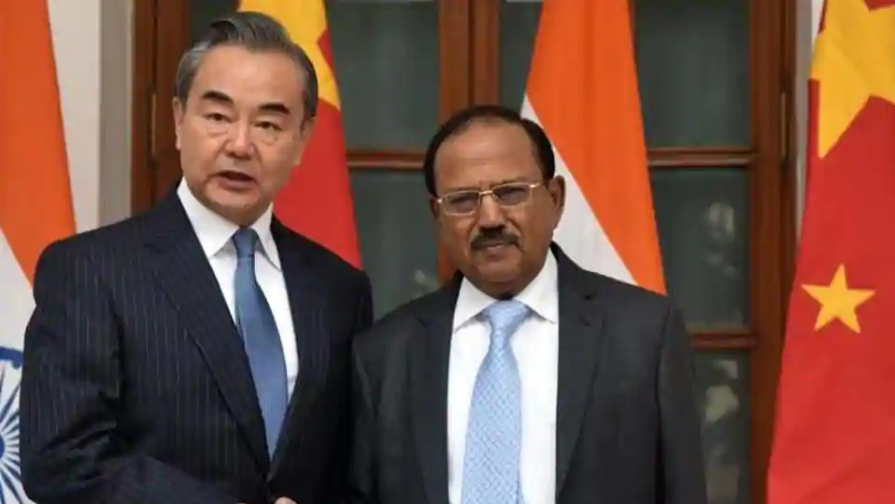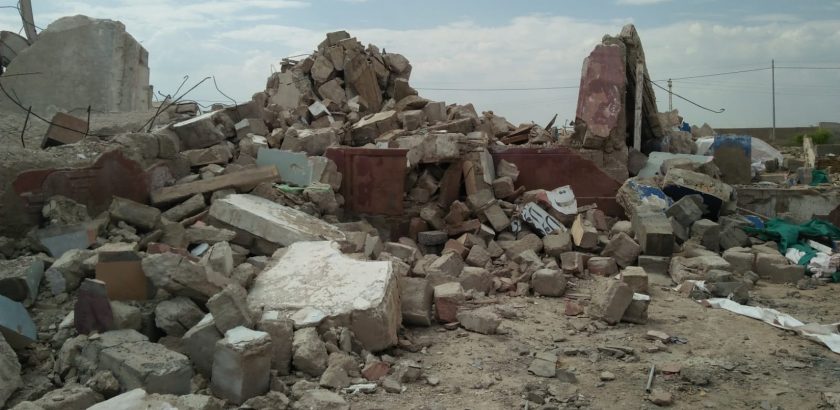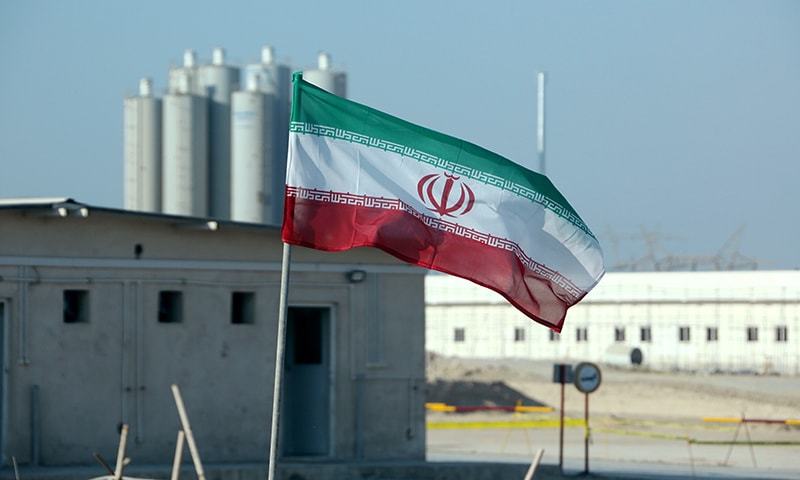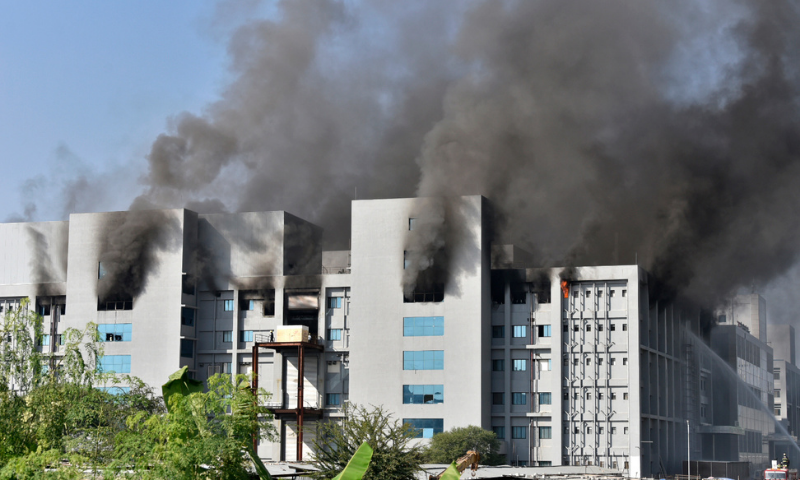![]()
COURTESY BY: https://www.hindustantimes.com/
India and China will on Friday discuss ways to build on the disengagement process that was started this week after the conversation between National Security Advisor Ajit Doval and Chinese Foreign Minister Wang Yi, people familiar with the development said. Friday’s meeting of the Working Mechanism for Consultation and Coordination on Indo-China Border Affairs (WMCC) is the first formal interaction at a diplomatic level after the Doval-Wang icebreaker video call on Sunday on the Ladakh stand-off.
The WMCC, set up in 2012 to address tensions along the Line of Actual Control, is headed by Naveen Srivastava, the joint secretary (East Asia) in the external affairs ministry, and Wu Jianghao, director general in the Chinese foreign ministry.
Naveen Srivastava and Wu Jianghao had their last meeting on June 24 when they concurred that the two sides need to quickly implement disengagement and de-escalation steps agreed on by senior military commanders. But this agreement did not lead to any change in the ground situation and a belligerent Beijing continued to attempt to amp up pressure on India, accusing New Delhi of violating bilateral agreements and provoking the June 15 clash in Galwan Valley that led to casualties on both sides.
Government sources told Hindustan Times that Friday’s meeting was being held under different circumstances, largely on account of the seven-hour-long video call between Doval and Wang. The two leaders had agreed that diplomatic and military officials would continue discussions at their level including under the WMCC framework.
Doval and Wang are expected to touch base in another 2-3 weeks to review the progress made on the ground.
For now, the Chinese troops have pulled back about 1.5 km at the Galwan valley standoff point – also the site of the June 15 violent scrap – where they were at a clear disadvantage. India was in control of the heights at this location while the Chinese People’s Liberation Army soldiers had been camping near the Galwan river bank. At one point, their camps were also flooded due to a rise in the water level.
“The PLA made a virtue out of necessity,” an army commander said, underlining that the PLA’s position in Galwan Galwan valley had been untenable. At the other two standoff points in the Galwan region – Hot Springs and Gogra – the process of disengagement is in progress but is proceeding at a slow pace.
The thinning out of Chinese soldiers is, however, the slowest around the fourth standoff point near Pangong Tso, the saltwater glacial lake spread across 700 sq km.
Beijing, which has been facing pressure on other fronts including the South China Sea, stressed that the “situation along the border is stable and improving.
The two sides will continue dialogue and communication through military and diplomatic channels including by holding (a) meeting of the WMMC on border affairs,” foreign ministry spokesperson, Zhao Lijian told a news conference on Thursday.




